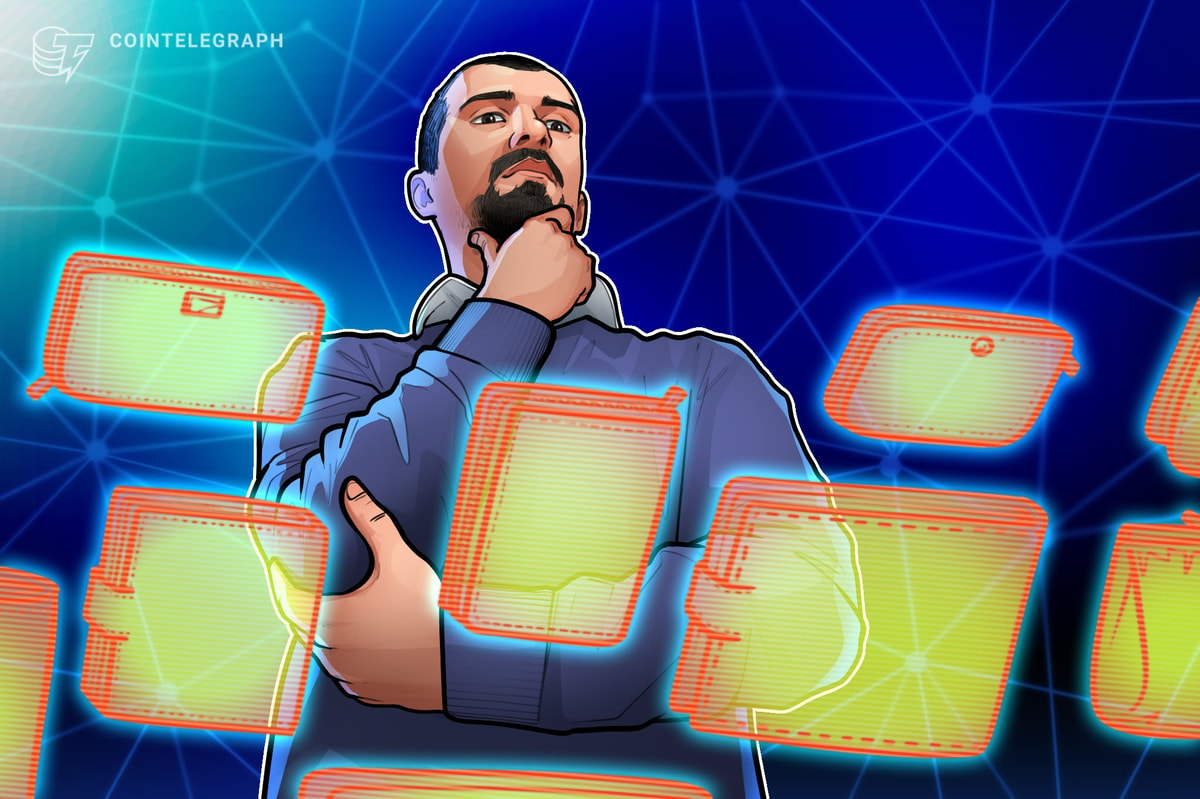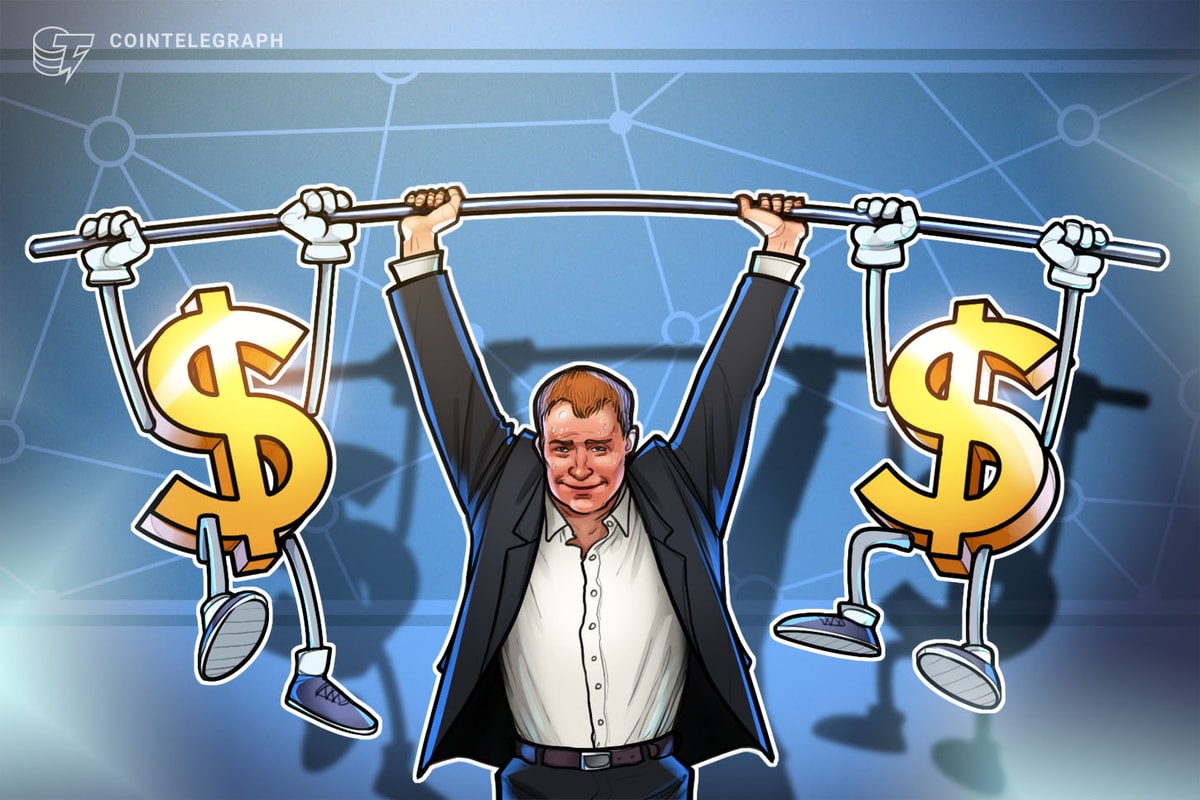The Bitcoin network hashrate—the sum total computing power securing the Bitcoin network—reached a new all-time high on Sept. 1, 2024, clocking in at over 742 exahashes per second (EH/s).
According to data from CryptoQuant, the hashrate has steadily risen since 2021, which is logical considering the constant move toward higher-performance mining hardware like application-specific integrated circuits (ASICs).
Bitcoin network hashrate 2021-2024. Source: CryptoQuant
As the network hashrate increases, so does the cost to mine Bitcoin (BTC) as miners are forced to upgrade to more powerful mining rigs, expand operations, and use more energy to remain competitive.
The mining industry faces economic strain
Increased hashrate and the corresponding high difficulty rate continue to plague miner revenue. August 2024 represented the worst month for miner profitability since September 2023, with revenue crashing to lows of $827.56 million.
Bitcoin mining difficulty 2021-2024. Source: CryptoQuant
Related: Bitcoin mining CEO eyes hashrate contracts to offset rising costs
The financial challenges facing miners were also documented in a recent JP Morgan report, which revealed that miners were facing a revenue squeeze from multiple sources, including a slashed block subsidy and increased energy costs.
According to the report, of the five Bitcoin mining companies analyzed, MARA and Riot Platforms stood out as having the highest expenses per Bitcoin at approximately $55,700 and $62,000, respectively.
These high costs and lowered revenues are driving mining companies to consider several options to bolster revenue and remain in business. Many mining companies are pivoting from issuing corporate debt to offering equity to investors to avoid high debt-to-equity ratios.
Other mining companies are considering diversifying operations into artificial intelligence and high-performance computing to make up for shortfalls in mining revenue—dedicating at least a portion of their computing power and physical facilities to information processing data centers.
Renewable energy as the answer to offset costs?
Companies like MARA, formerly Marathon Digital, are also exploring renewable energy to remain competitive in a tough mining environment. MARA has experimented with landfill-gas-to-energy systems, which convert methane gas from garbage landfills into usable energy.
The mining giant also signed a deal with the Kenyan government to develop the country's renewable energy infrastructure—an indication that the company may begin sourcing more of its energy needs from sustainable sources.
Magazine: AI may already use more power than Bitcoin — and it threatens Bitcoin mining









